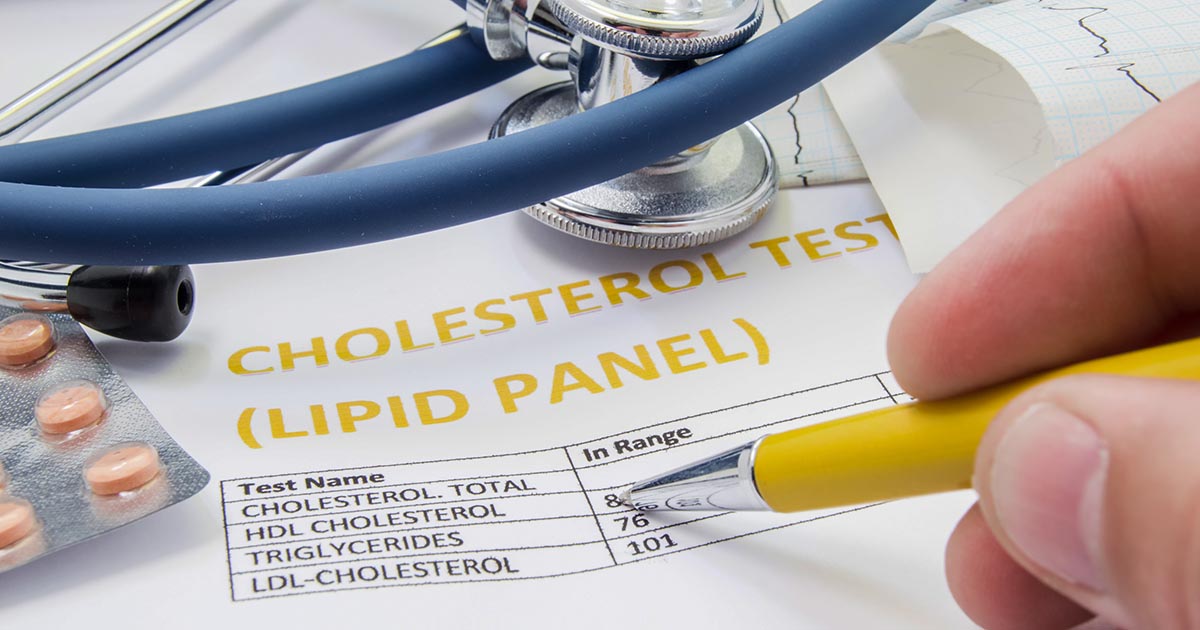Guide To The Different Types Of Cholesterol
High-Density Lipoprotein Cholesterol

High-density lipoprotein cholesterol, also known as 'good' cholesterol, helps the body rid itself of other types of cholesterol. Specifically, high-density lipoproteins absorb low-density lipoprotein cholesterol and transport it back to the liver. The higher a patient's level of high-density lipoprotein is, the more low-density lipoprotein their body can remove. Studies show each one mg/dL increase in high-density lipoprotein is associated with a three to four percent reduction in a patient's risk of having a heart attack. Conversely, having levels of high-density lipoprotein that are too low could increase an individual's risk of a heart attack, and female patients seem to be more sensitive to this. For this reason, scientists consider normal levels of high-density lipoprotein to be at least 50mg/dL for women and 40mg/dL for men. Regular exercise can boost an individual's levels of high-density lipoprotein, and many patients who participate in regular physical activity have been able to attain high-density lipoprotein levels of at least 60mg/dL. This level is thought to provide extra protection against cardiovascular disease.
Get the full details on triglycerides next.